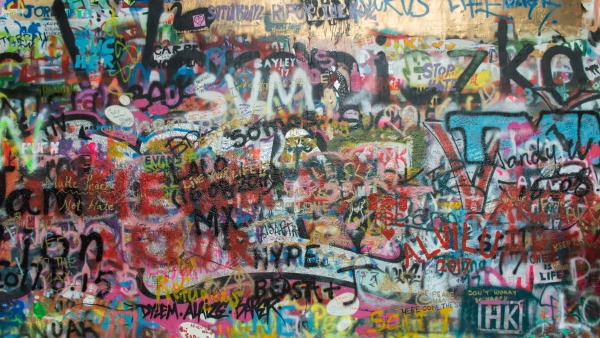Hollywood’s criteria for gender equality in films need an upgrade
Gender equity in the film industry has soared to heights previously unheard of in the past few years, but Hollywood still has a long way to go to achieve a truly equal industry. Despite the increase in performative feminism in movies and TV shows, the outdated criteria of what makes a film ‘not-sexist’ sets the bar too low, rendering these guidelines ineffective in progressing women’s status on the silver screen.
The #MeToo and #TimesUp movements in 2016 called out influential Hollywood directors for their harassment and exploitation of female colleagues and marked a shift in the way many filmmakers portrayed women in their projects. Directors and screenwriters began to refrain from blatant objectification of female characters in their dialogues and instead poured their energy into meeting antiquated standards of supposed feminism from earlier decades. The most notable examples of this include the Bechdel test and the newly-coined term “female gaze.”
The Bechdel test, which Hollywood accepts as the baseline requirement for a film to be deemed “not sexist” or “feminist,” mandates that a body of work must have at least two female characters who have no less than one conversation unrelated to a male character. Although the test sets a subordinate bar for filmmakers, the website bechdeltest.com reveals that a staggering 40 percent of films made in recent years have failed this test. This statistic seems even more barren considering that a movie passing the Bechdel test does not necessarily embody gender equality authentically.
Some less popular means to measure gender equity in a film are the rating systems F and A. Both were created to remedy gender inequality, but due to both systems not being used in more mainstream films, neither of these rating methods have made any acceleration towards gender equity in Hollywood, leaving the Bechdel test as the only widely known measure of sexism in a film.
The absence of prominent and adequate measures of feminism in the film industry has devastating consequences on how women are treated on camera and behind the cameras. Even though there has been a conscious effort to reduce overt sexism in scripts, the characterization of women in media leaves much to be desired. Because the Bechdel test is the only threshold most producers use to verify that their film cannot be accused of sexism, the characterization behind these on-screen women is never examined further than what is deemed necessary.
Flat characterization strips female characters of any personality and values outside of the archetype they have been confined to. Natasha Romanoff from the Marvel Cinematic Universe, Kiara Carrera from Outer Banks and Jessica Day from New Girl are all examples of women being confined to archetypes rather than being written as real people. Aside from the sometimes unbearable dialogue they write for these characters, Hollywood writers forcing their female characters into these tropes creates harmful and impractical ideals for the women watching these to live up to.
Aside from the issue of representation on-screen, few women are given the opportunity to tell their stories in executive positions of power. Variety Magazine notes that only 9 percent of the directors of the top 100-grossing movies made in 2022 were women, and women of color were under 3 percent of the total. The Guardian also reports that, on average, female directors earn only 73 percent of what a studio would typically pay a male director. With lower pay and blatant disrespect from their coworkers, women are largely barred from sharing their experiences on-screen. Aside from the uncommon F and A ratings, there are no markers nor measures of women-directed media, leading to no incentive for Hollywood to evolve.
Some progress has been made in creating gender equal films. Female main characters and films directed by women are being given more opportunities and recognition. Chloé Zhao, a Chinese-American director, won an Oscar recently for Best Director, becoming the first woman of color to do so. In light of female directors like Zhao, such as Ava DuVernay and Greta Gerwig gaining more recognition, the improvement in gender equality seems promising for the future of film.
Regardless, there is much more to be done in terms of Hollywood’s standards of gender equality and, unfortunately, change is not happening fast enough. Hollywood’s best bet for a remedy is allowing more women in the writing rooms, executive boards and directors’ chairs instead of settling for Hollywood’s lackluster standards of gender equality both on and off-screen.








